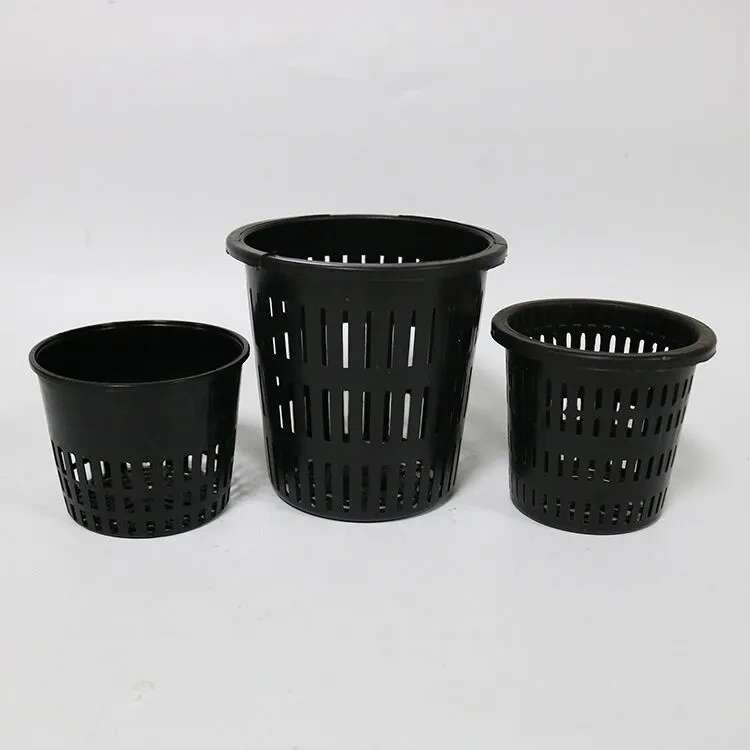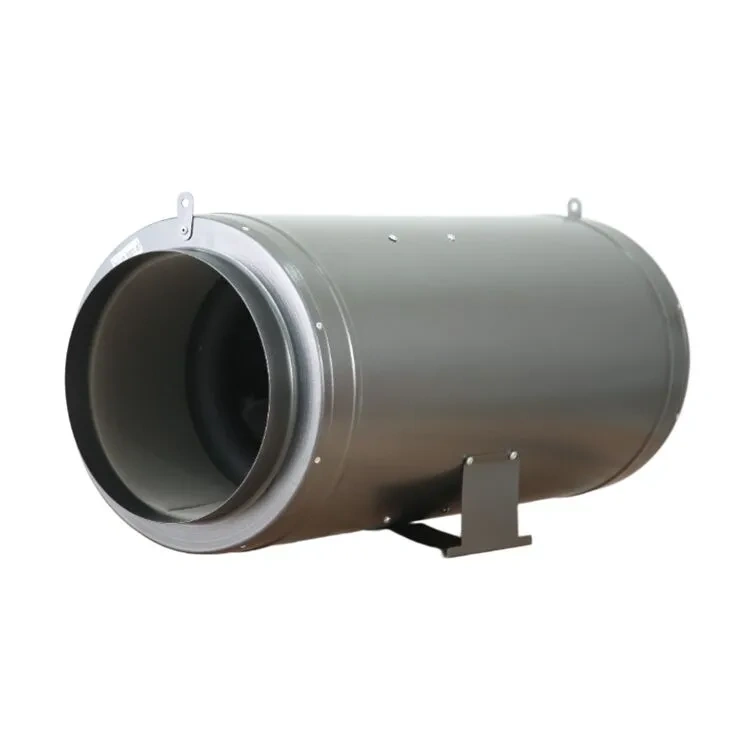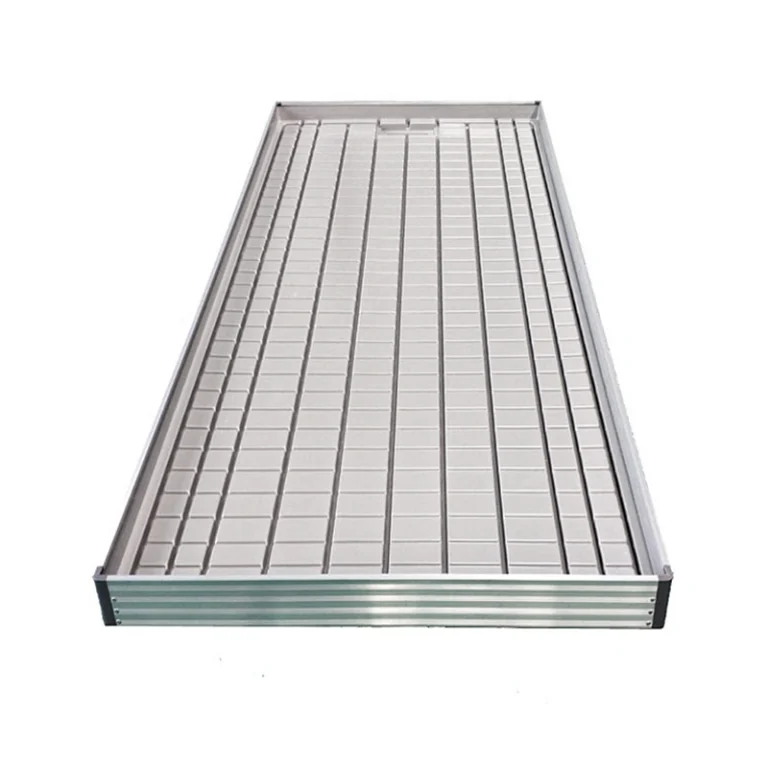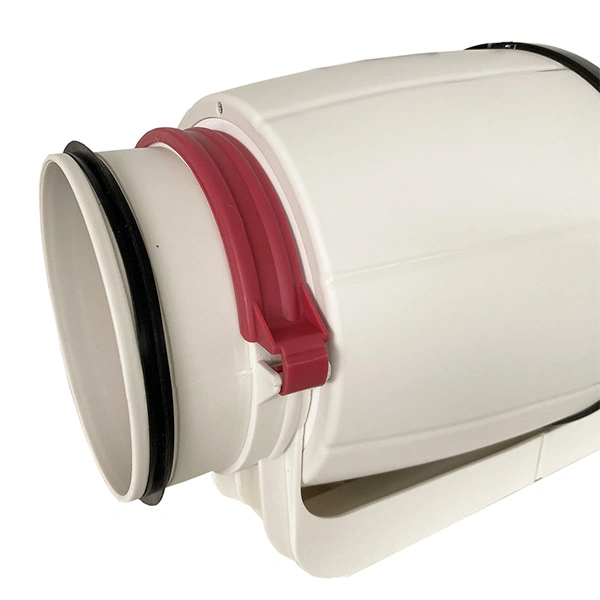Por que os espaços interiores sombrios precisam de luzes de crescimento dedicadas?
O que acontece com as plantas quando a luz natural é insuficiente?
Plantas presas em nucos escuros de interior podem t pegar luz suficiente para alimentar a fotosíntese. Os pontos escuros diminuem as folhas, fazem os troncos agitados, e arrastam o crescimento para um serpente. o ritmo. O jardim interior faz crescer luzes para áreas sombrias se espalham como magia. Eles fazem uma mistura de luz completa que as plantas engordam. Com radiança perpetua, as plantas são criadas em áreas escuras, como cavos ou cantos de um plano. Essas luzes crescem imitam a luz solar através de ondas vermelhas, azuis e brancas que atuam em todos os estágios de crescimento. Não só mantêm folhas cheias e verdes, mas também estabelecem estruturas raízes e criam coerência florescente. Qualquer espaço, mesmo o mais escuro, pode ser convertido em um minijardim prolífico através da configuração de iluminação certa.
Como o jardim interior cresce luzes recriam o espectro completo da luz solar
As luzes modernas de crescimento LED desempenham o papel do sol para sua verdura. Elas flutuam de comprimento de onda azul, vermelho e branco para um sol. A luz azul faz o jazz com folhas. A luz vermelha cócegas florescem e frutos explodem. A LED de espectro completo cultiva luzes, de 3000 a 660 nm, simula a luz do dia para a letra. Eles são uma pedra em apartamentos, sótanos ou estufas sombrias. Ela não é apenas luz; essas luzes criam um clima de equilíbrio que estimula a fotosíntese, construi troncos robustos e mantém as plantas em geral saudáveis. Ao simular condições de nascimento do sol ao pôr-do-sol, elas permitem às plantas internas manter seu ciclo natural indo - infinito, luxoso e cheio de vida, mesmo em grande distância de qualquer janela.
Os benefícios da LED crescem luzes em ambientes de baixa luz
A LED cresce luzes brilhando sem grandeza. Eles são mais seguros e verdes do que lâmpadas antigas. Eles absorvem energia, permanecem frios como um cobre, e duram para sempre. Em pontos escuros, essas luzes mantêm as plantas vivas todo o ano. Além disso, eles cortam contas de energia, uma grande alegria para jardineiros ecológicos.
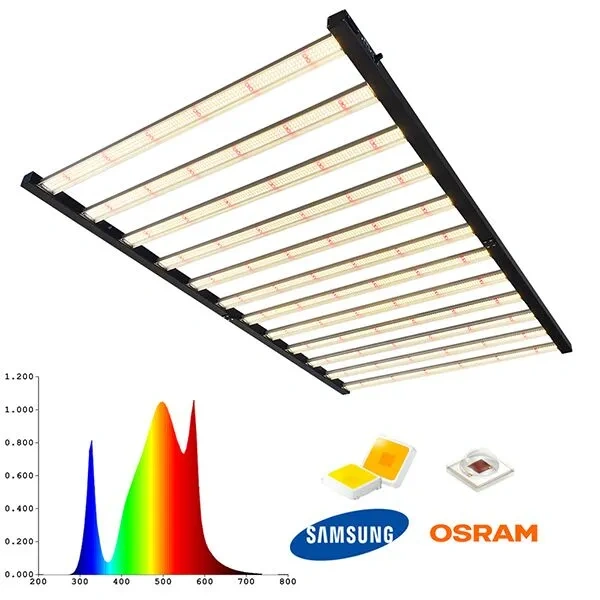
Como diferentes plantas respondem à luz crescente do jardim interior?
Plantas tolerantes à sombra são menos dependentes da luz artificial?
Plantas amantes de sombra como ferns, pothos, ou lírios de paz podem refrigerar em baixa luz. Mas eles ainda adoram uma luz suave de crescer luzes. O jardim interior cultiva luzes para áreas sombrias torna as cores dançarem e os troncos mais duros. Até um feixe suave acrescenta zip, mantendo plantas limpas em cantos escuros.
Como o Espectro Luz Forma Folha, Raíz e Desenvolvimento de Flores
O espectro de luz ajusta o crescimento das plantas. A luz azul construi folhas fortes e formas limpas. - Raízes e flores vermelhas e vermelhas para florescer. O LED de espectro completo cresce luzes equilibrando essas vibrações, ajudando as plantas a crescer até mesmo e ficarem picantes. Elas mantêm ervas, flores ou vegetais gostosos dentro.
equilibrar a intensidade e duração da luz para os resultados óptimos
Obter a for ça da luz e o tempo certo é um avanço para os jardins interiores. 12-16 horas de luz diária é a maioria das plantas. um chá de chá. Posição de painéis LED de 12 a 18 polegadas sobre plantas para brilho consistente sem queimar. Coordenar ciclos de luz com cada planta o ciclo s ignita crescimento mais rápido e alegre.
Como escolher a luz do jardim interior direito para áreas sombrias
Coincidir a cobertura de luz e a espera com o tipo de planta e o espaço
Escolhar LED cresce luzes começa com conhecer suas plantas e espaço. - Verdes lixados como salsa ou ervas precisam de brilho médio. Flores ou plantas de fruta desejam um zingo mais brilhante. Os painéis modulares de LED ou TIDESTAR 720W LED Bar Light espalham a luz suavemente em pequenos cantos, aumentando para parcelas maiores.
Entender Métricos de Eficiência - PPFD, μmol/J e Range de Espectro
A potência de luz depende da PPFD (Densidade de Fluxo Fotónico Fotosíntético) e da eficiência μmol/J. Esses mostram quanta luz útil atinge plantas e quão bem ela atinge; é feito. Luzes acima de 2,5 μmol/J, como TIDESTAR’ s, produzir um crescimento incrível sem desgastar o poder. Uma ampla gama de 3000K a 660nm combustível de sementes para superestrelas florescentes.
Conselhos de instalação e manutenção para economias máximas de energia
A configuração inteligente espalha a luz uniformemente nas plantas. Fixações espaciais para evitar parches escuros ou pontos demasiado brilhantes. As paredes reflexivas aumentam a cobertura. A pulverização de superfícies de luz e a verificação de fios mantém a LED crescer luzes a chorar por anos, economizando suco e fuso.
Por que escolher TIDESTAR LED crescer luzes para o sucesso do jardim interior
Nossa abordagem dirigida pela pesquisa para o espectro de luz e a ciência das plantas
Em TIDESTAR, nós colocamos os LED espinhosos para crescer luzes para pontos escuros e sombrios. Desde 2008, nós ajudaram jardineiros e profissionais em mais de 50 países. Nossa missão? Construir luzes confiáveis que façam as plantas crescer mais rápido, mais duro e mais luxuoso dentro.
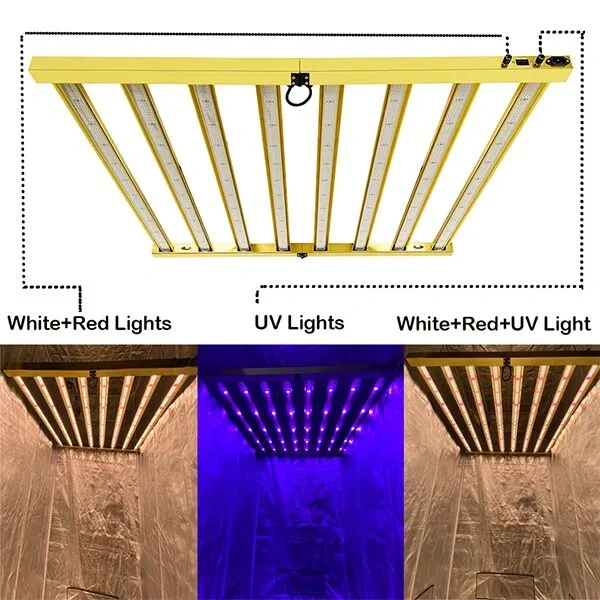
Inovação de Espectro Completo para Cada Fase de Crescimento
TIDESTAR’ s LED cultivam luzes usando os diódios Samsung LM301B/LM301H e Osram para copiar luz solar. cobrindo 3000K a 5000K, mais 660nm vermelho, UV e IR, eles alimentam cada estágio de crescimento. Essa mistura bombeja clorofila, acelera o crescimento e aumenta os rendimentos, mesmo em zonas escuras.
Product Highlights That Growers Trust Worldwide
- TIDESTAR 1000W 1200W 1400W 4x6FT LED Grow Lights Samsung lm301B Full Spectrum Lamp: Rocks 3.1 μmol/J eficiência, IP65 waterproof design, perfeito para grandes salas de crescimento.
- TIDESTAR 800w UV IR Samsung lm301B LED Grow Light Full Spectrum 2 Channels Dimming: Dois canais de escuridão para ajustes personalizados através de estágios de plantas.
- TIDESTAR 720W LED Bar Light: Dormir e compactar com eficiência de 2,9 μmol/J, ideal para jardins médios.
Todos os produtos TIDESTAR carregam certificações CE, ROHS, FCC e ETL, com garantias de 3 a 5 anos. Oferecemos personalização OEM e ODM para produtores que precisam de projetos ou controles especiais.
FAQ
Q: Quais são os melhores jardins interiores que cultivam luzes para áreas sombrias?
A: LED de espectro completo cresce luzes brilhando. Eles imitam a luz solar com comprimentos de ondas vermelhos e azuis equilibrados. TIDESTAR s LED cresce luzes fornecendo energia constante para todos os tipos de plantas.
Q: Como posso dizer se minhas plantas precisam de mais luz?
A: Punto de pedaços minúsculos, folhas pálidas, ou crescimento picante. Adicionar mais horas de luz ou aproximar a fonte para consertá-la.
Q: Pode um LED cultivar sistema de luz suportar vários tipos de plantas?
A: Você aposta. Sistemas LED de espectro completo como TIDESTAR’ s lidam com jardins mistos, atendendo às variedades de necessidades vegetais com uma instalação.
Q: Qual é a diferença entre a luz vermelha e azul para o crescimento das plantas?
A: A luz azul fortalece folhas e formas. A luz vermelha cócega flores e frutas. A LED de alto espectro cresce com luzes misturadas para o crescimento completo.
Q: Por que produtores profissionais preferem certas marcas de jardim interior criar luzes?
A: Pro adoram produção e eficiência constantes. TIDESTAR LED cultivar luzes oferecem alta energia, controle de espectro spot-on, e longa vida, aumentando rendimento e qualidade.
